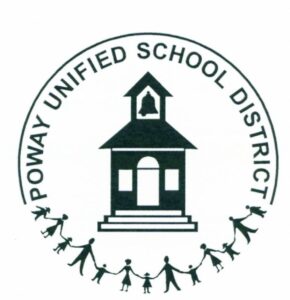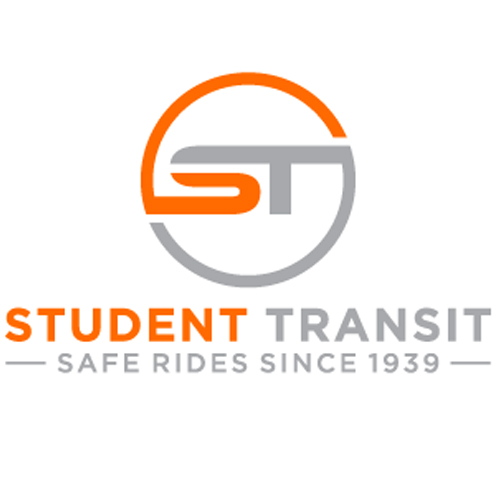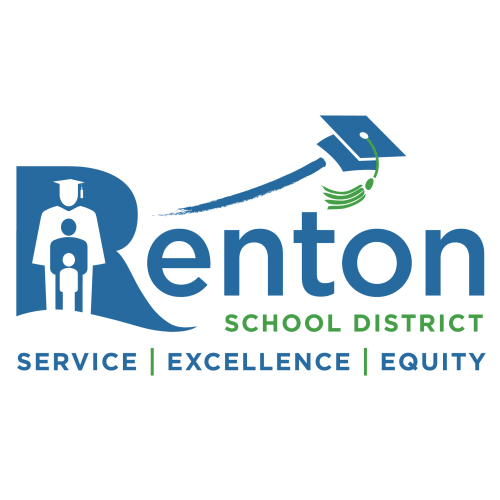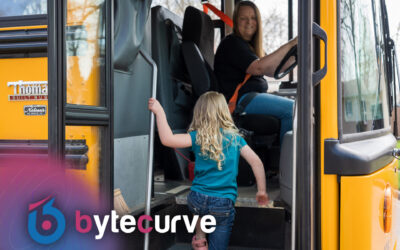Whether you rode them to school or not, nearly everyone
has encountered school buses at some point in their life.
They are a ubiquitous type of transportation for people across the country, offering parents of riders a sense of security knowing that their child has a routine way of getting to and from school. Not only do school buses provide relief for busy parents, but they also help to instill morals, such as being friendly to peers and respectful to the adult driver, to the students that ride the bus each day.
While they are largely beneficial to all parties, there are still many ways that school buses can be technologically improved to ensure the safety of the students, the peace of mind of the parents, and the quality of the driver.
Trusted by the Finest Names in School Bus Transportation
Improved Student Transportation with Technology
One way for parents to make sure that their child gets to and from school safely is through the installation of school bus tracking apps by the district.
With technology penetrating almost every aspect of life, it is only fitting that tracking apps be implemented into school transportation systems.
School districts all over the country have started to use these apps, and the results have been incredible.
Baltimore County installed the school bus tracking app, BusWhere, in its buses after testing it for over a year. There are over 80,000 Baltimore students, split between over 700 routes, taking the school bus every school year.
Many parents of these students rely on the bus as their sole means of transportation for their children. When the bus shows up late or fails to show up at all, parents are left scrambling for ways to get their child to school on time, which could intrude on their work or personal life.
To combat this uncertainty, the BusWhere app provides parents with real-time updates, giving them the chance to make other arrangements for their child’s transportation to and from school if necessary.
Parents will also be able to keep track of the bus along its respective route, easing the anxieties of worried parents awaiting their child’s arrival.
According to Kenny West, transportation operations manager for Baltimore County schools, in an interview with WBAL-TV,
“The very first day of school, I was standing in a bus loop, and a staff member pulled out her phone, and she said, ‘Oh, the bus will be here in a few minutes,’ and then she pulled it out again and said ‘the bus is turning onto the school bus loop’ and sure enough, the bus comes around.” The accuracy of the tracking app has proven itself to be successful in reducing parents’ concerns about where their child is, when their bus will arrive, and if it is even coming.
Other school bus tracking apps include Here Comes the Bus and SafeStop. Districts have choices today between many trusted solutions designed to help
RFID Student Tracking: Improving Parental Visibility
Another technology that is changing the way school buses work is RFID tracking devices.
These devices are best used for increasing the transparency between the parents of the students riding the bus and the driver driving.
Students are given a unique ID number, which they scan when they enter and exit the bus to keep track of how many students are actually on board. Three outstanding benefits are presented with the use of RFID tracking devices.
- The first is that RFID student tracking systems can help detect when a student is missing on the bus. The scanning of the IDs helps drivers and parents ensure that every child who should be on the bus is, giving both parties one less thing to worry about.
- The second is that ridership and route data is instantly accessible to all parties. Changes such as route deviations, district changes to the route, unexpected stops, and bus speed can be easily accessible to parents, school officials, and students. Any incidents that occur can be handled right away.
- Third, the overall improvement of student safety is guaranteed with the use of RFIDs. There is a decreased likelihood of students getting on the wrong bus and getting off at the wrong stop, both leaving the student alone in an unknown area.
Many school districts have begun implementing RFID student tracking systems on their buses.
The Katy, Texas, Independent School District, for example, required all students to have Smart Tag ID cards for when they exited and entered the bus. The more than 90,000 student riders will scan in and out of the bus each time they ride to ensure that every student is where they need to be.
The ID cards do not track student’s locations outside of the bus; they are used solely for school bus attendance purposes. To tap in and out of the bus, the student will tap their card on a tablet that is also installed on the bus.
The tablet, which only works when the bus is stopped, includes a GPS device to report the location and speed of the bus to school officials and parents. The tablet also allows drivers to manually check on a student in case they forget to bring their ID card with them.
Finally, many school districts have implemented Student Detection System (SDS) Motion-Sensored Technology in their buses, alerting drivers when something is in their blind spots.
The goal of SDS products is to prevent any harm to children in front of, beside, and behind the bus.
The Rostra SDS product, for example, has five zones,
- the driver’s side
- the front zone
- the passenger side
- the side zone
- the rear tire zone
- the rear sentry zone,
All of which are activated when the bus flashers are on and the front gate is extended.
To display this activation, a green LED light will be shown on the SDS display unit located inside the bus. If an object is detected in any of these five zones, the green light will turn red and an alarm will sound.
Each zone has a sensor that uses microwave radar technology, allowing it to work no matter the weather conditions.
In New Jersey, “Abigail’s Law” requires that all newly-manufactured school buses be equipped with sensors. This legislation is the result of a tragedy in 2003 when a two-year-old was struck by a school bus that could not detect the child in its way.
According to New Jersey assemblyman Patrick Diegnan, “When an alarm sounds if a child is in the vicinity of the bus, the operator will immediately be made aware of the situation and will not move forward, and a life will be saved.”
The majority of accidents involve young children, just like Abigail, which is why using motion-sensor technologies is crucial to the safety of students.
Despite being reliable, convenient, and designed for safety first, school buses have significant room for improvement to ensure the safety of their riders.
For starters, implementing school bus tracking apps can help parents keep track of where their child and their child’s bus are on the route.
This not only eases parent’s anxieties but also gives parents room to make other arrangements if the bus is late or fails to show up.
School districts can also implement RFID student tracking systems to help the driver keep track of the students on his or her bus and the parents keep track of where the bus is at any given moment. This helps to control emergencies and student safety.
Finally, using SDS Motion-Sensored Technology prevents accidents in driver’s blind spots, particularly those involving young students standing in front of, beside, or behind the bus.
All three of these technologies are changing the game for school bus safety across the country. They can make the school bus, which is already beneficial for many parents, even better.
Many districts are adopting a new dispatching and payroll technology that has also demonstrated the ability to improve school bus efficiency and safety.
Many, if not most, larger school districts and private school bus fleets rely on GPS Fleet Tracking today, as well as routing software, to improve their operations and deliver greater student safety.
These technologies are well established, and most transportation leaders appreciate the direct and indirect benefits of using them to improve operations and drive greater awareness and safety.
But many districts remain unaware of a new emerging technology designed to connect the two previously independent platforms into a 360 degree view of operations to empower dispatchers, payroll technicians, and fleet directors to capture even better operational efficiencies and uncover new ways to increase safety.
Bytecurve360, developed and supported by a team with more than 100 years of combined student transportation experience, is growing in popularity among fleets that leverage both routing and GPS Fleet tracking thanks to its ability to improve driver management, better control costs associated with payroll, and deliver improved services to schools and families.
Not designed to replace either system, Bytecurve360 aims to connect dots that were previously constrained by technology silos into a more comprehensive perspective of student transportation management.
Featuring a driver communication app, a payroll tool that can be leveraged in the garage via a touchscreen monitor or on- the-go via the driver app DriveOn, as well as dispatch features designed by a team with years of experience managing complex and dynamic school bus fleets, Bytecurve360 delivers a transformative operational experience.
“It’s helped us provide a new level of command and control that allows us to be ahead of issues instead of responding to them,” said Marty Klukas, General Manager, Student Transit. “It’s become our command and control, and it helps us know what right looks like.”










